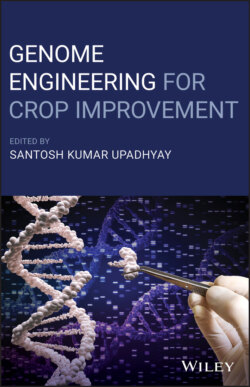Читать книгу Genome Engineering for Crop Improvement - Группа авторов - Страница 28
2.2 Exploring Nutrient Distribution in Grain
ОглавлениеThe revolution in omics technology, particularly metabolomics, has been closely linked to technological developments in mass spectrometry (MS) (Boughton et al. 2016). MS is currently the most efficient technology for the characterization of biomolecular composition and has made significant progress in providing a comprehensive understanding of biological functions. Unfortunately, in MS‐based studies, where the analysis is performed on a tissue homogenate (e.g. liquid or gas chromatography), spatial information is lost (Dong et al. 2016a). Spatial information in mass spectrometric analysis can be preserved if the extraction process is limited to very small areas of the sample, which is then analyzed using new ionization techniques, such as Matrix Assisted Laser/Desorption/Ionization (MALDI) (Dong et al. 2016a). These techniques account for the majority of applications in biomolecular imaging. Techniques that can also be used for spatially resolved studies of molecular profiles are also Laser Desorption Ionization (LDI) (Lee et al. 2012), Secondary Ion Mass Spectroscopy (SIMS) or Desorption Electrospray Ionization (DESI) (Lee et al. 2012). In the aforementioned techniques, the analytes are raster‐scanned and ionized and desorbed directly from the surface, thus avoiding traditional liquid extraction. By automating the process, images can be generated that show the spatial distributions of all detected compounds (Dong et al. 2016a; Jenčič et al. 2016).
